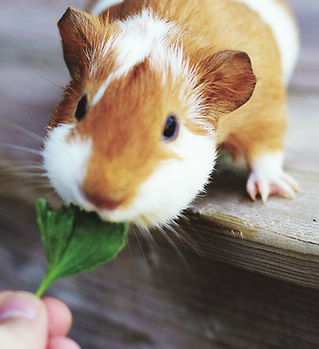Bonding two pigs is dependent on many factors
-
Age
-
Environment
-
Dominant tendencies
-
Gender - sows can be easier to bond than boars but it all depends on the below...
And most importantly:
-
PERSONALITY!

Behaviours
Bonding pigs is essentially letting them work out who is going to be in charge and who is going to be submissive. If no one wants to be submissive - both want to be in charge - then unfortunately the bonding will be unsuccessful, and may end in a fight.
Normal dominance behaviours include:
-
Rumble-strutting (walking around slowly whilst rumbling
-
Waggle-dancing (wiggling butt from side to side whilst grumbling)
-
Humping
-
Quick bursts of chasing
-
Minor teeth chattering
-
Small nips that don't draw blood
-
The dominant piggy raising the chin of the submissive one
-
Chin raising competitions!
Warning signs of a fight include the below. If these are displayed watch very closely and be ready with an oven glove to separated them immediately:
-
Rearing up
-
Yawning in each others faces
-
Baring teeth
-
Lunging
-
Constant loud teeth clacking
-
Bites that draw blood
Signs that the bonding is successful
-
Sharing food
-
Sleeping next to each other
If the submissive piggy is becoming visibly stressed and unwell with constant pestering it may be that the bonding needs to be stopped. DON'T GIVE UP! It may not seem like the bonding is going well, but piggies are just like people – they can take a little while to decide if they like each other or not. Once a pair of pigs have failed a bonding, it is highly unlikely that they will be friends.

Basics
An adult pig is more likely to take to a baby or young pig, who they will see as less of a threat to their dominance and territory. Bonding must take place somewhere neutral where neither pig frequents, so that no pig has the upper hand. Once bonding has begun, do not separate the pigs. If they are separated during the bonding process, they will have to start from the beginning again when put back together! Bonding can take anywhere from hours to days to complete.

After bonding
If the bonding has been successful, the piggies can live with each other. Clean the accommodation they'll be sharing fully before putting them in. Make sure they have enough space to get away from each other if they need to, and expect some more dominance behaviour as the dominant pig asserts his rights over his or her home. Watch carefully for the next week or so to spot any early signs of a fall out.

